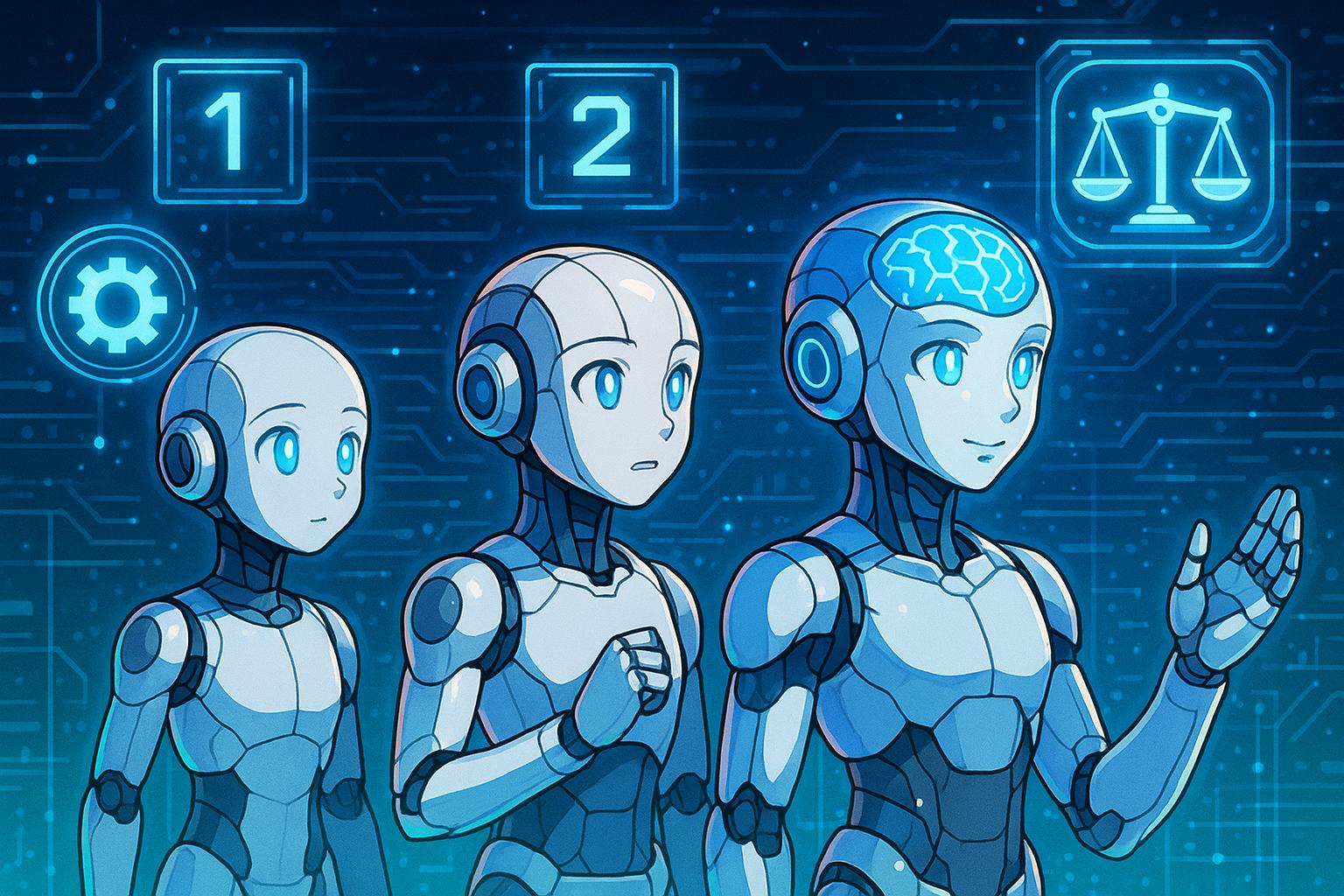Artificial intelligence (AI) has swiftly transitioned from a concept relegated to science fiction to a pivotal element of contemporary life, permeating our daily interactions through smartphones, automations, and intricate industry systems. As AI technologies evolve and gain complexity, the imperative to classify and comprehend these various forms of intelligence becomes increasingly pronounced.
The exploration of "levels of AI" serves as a vital framework to evaluate capabilities, manage societal expectations, and address critical safety concerns. While a universally accepted system for classifying all AI still remains an aspiration, an analysis of existing frameworks, particularly in driving automation, provides insights that could guide the development of a comprehensive categorisation system.
One of the most established frameworks currently in use is the SAE J3016 standard, which outlines six distinct levels of driving automation. The standard, set forth by SAE International—a global authority on engineering standards—has provided clarity for engineers, regulators, and the general public alike. Each level, from Level 0—where a human driver maintains complete control—to Level 5, where vehicles operate autonomously under any condition without human input, delineates the responsibilities and functionalities involved.
Recent updates to the SAE standard have refined these classifications, introducing terminology that differentiates between 'Driver Support Systems' (Levels 0 to 2) and 'Automated Driving Systems' (Levels 3 to 5). This refinement enhances the clarity of each level’s operational parameters, making it easier for stakeholders to understand the capabilities and limitations of various systems. For instance, Level 3, which allows for conditional driving automation, means the vehicle can handle driving tasks but requires the driver to be ready to take control at a moment's notice.
The implications of such classification frameworks extend beyond mere operational definitions. They suggest a blueprint for developing a universal “Levels of AI” standard that encompasses a wider array of intelligent systems—robots, software AI, and autonomous machines. Such a standardisation could significantly enhance consumer understanding, much like energy labels on household appliances, and provide a common lexicon for benchmarking industry performance.
However, establishing these standards is fraught with challenges. AI encompasses a broad range of functionalities—from rule-based systems that follow fixed instructions to advanced systems that incorporate contextual understanding and reasoning capabilities. Determining how to measure "intelligence" across such varied applications remains a colossal task. For example, while an AI system capable of complex navigation tasks might demonstrate advanced reasoning, it operates differently compared to a basic robotic arm programmed to follow specified rules.
To explore what a potential classification might look like, it is useful to consider a conceptual ten-level AI framework, borrowing from more informal presentations found in popular media discussing artificial intelligence. This framework spans from simple rule-based systems to speculative ideas of godlike AI, illustrating the vast spectrum of intelligence from the practical applications of today to the far reaches of imagination. While levels such as "Artificial General Intelligence" (AGI) and "Artificial Superintelligence" (ASI) remain theoretical, they highlight aspirations within the field of AI development.
As conversations about categorisation persist, they inevitably raise questions about safety and governance. Clear categorisation of AI capabilities could not only guide developers in responsibly designing systems but also inform users about the potential risks and limitations of interacting with such technologies. Transparency in AI functionalities can foster trust and result in a more nuanced understanding of their societal implications.
Creating a framework for the levels of AI could also assist regulatory bodies in establishing differentiated requirements for oversight, testing, and deployment dependent on the assessed capabilities of the AI systems. For example, systems classified at higher levels of autonomy, especially in sensitive areas like healthcare or finance, might necessitate stricter regulations. This poses significant questions about the extent of governance that is desirable or feasible, particularly considering the rapid advancements in AI technologies.
The dialogue surrounding AI classification is not merely academic; it reflects real-world applications that significantly impact safety, ethics, and societal dynamics. As developers continue to integrate AI deeper into the fabric of daily life, ensuring clarity about these capabilities will be paramount. A careful balance must be struck, one that embraces innovation while safeguarding public welfare.
Navigating this complex landscape will remain a challenge as AI progresses, but establishing robust frameworks for understanding and categorising these technologies is vital. Such efforts promise to clarify expectations and guide responsible engagement with the potential of AI, ensuring it contributes positively to the evolution of society.
Reference Map
- Paragraphs 1, 2, 3, 4, 12, 13, 14
- Paragraphs 5, 6, 7
- Paragraph 8
- Paragraph 9
- Paragraph 10
- Paragraph 11
Source: Noah Wire Services
